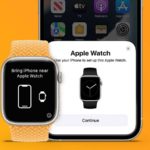For Apple enthusiasts, the Apple Watch is likely an incredibly useful device in their lives. It’s not just an ordinary watch; it also offers entertainment features and allows users to receive messages and calls. Additionally, the Apple Watch boasts numerous special health-related functions. Today, we will introduce you to some of Apple Watch’s life-saving features that can make your life easier.
1 Noise Threshold Alert Feature

Noise Threshold Alert Feature
Apple introduced the Noise Threshold feature as part of the Noise app in WatchOS. This feature measures the sound levels in your environment through your microphone and the duration of exposure. If it detects an increase in decibel intensity that could potentially harm your hearing, it will notify you with a gentle tap on your wrist.
2 Cycle Tracking for Women’s Health
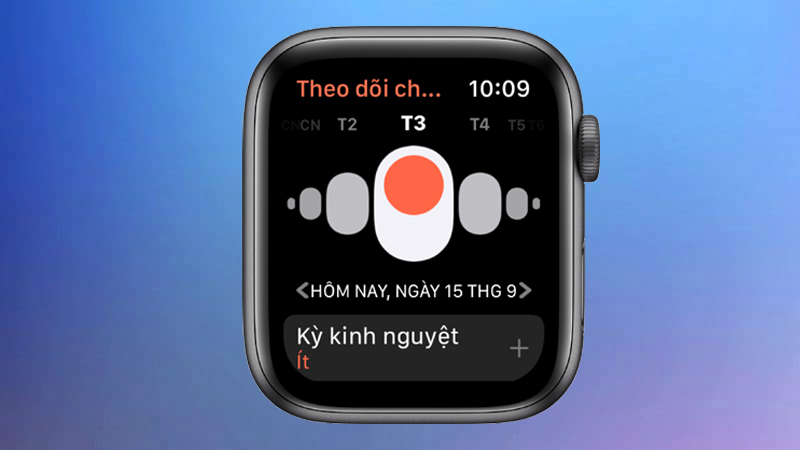
The Cycle Tracking feature on the Apple Watch is incredibly convenient and beneficial for women. It allows them to record detailed information about their menstrual cycles and use that data to predict future periods or fertile windows.
3 Fall Detection and Emergency SOS
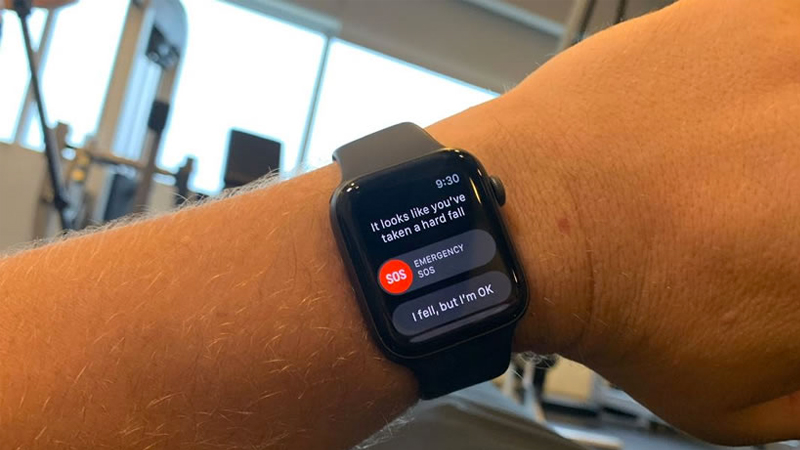
Fall Detection, introduced with the Apple Watch Series 4, is a potentially life-saving feature. If you trip or experience an external force that causes you to fall, the watch will sound an alarm and present you with three options: contacting emergency services, canceling the alert, or dismissing the notification. If no movement is detected, it will emit a loud sound to attract attention and send a message to your designated emergency contacts.
4 Heart Rate Monitoring
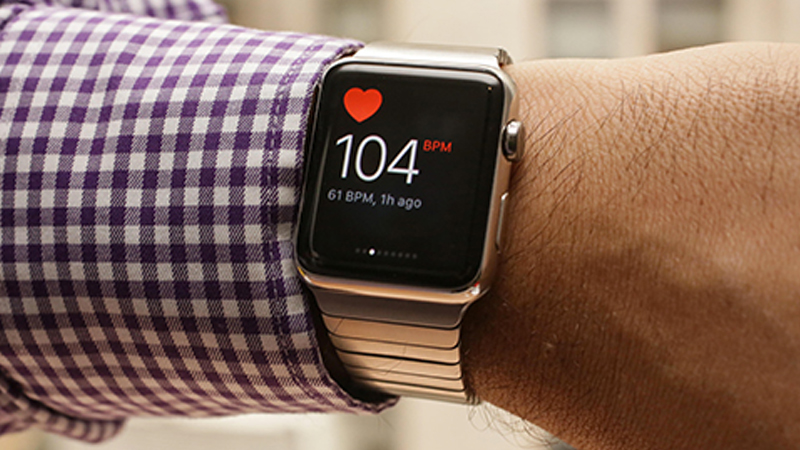
The Heart Rate feature allows you to monitor your current, resting, and average walking heart rate. It will send you an alert if it detects any abnormalities.
5 Sleep Tracking and Improvement
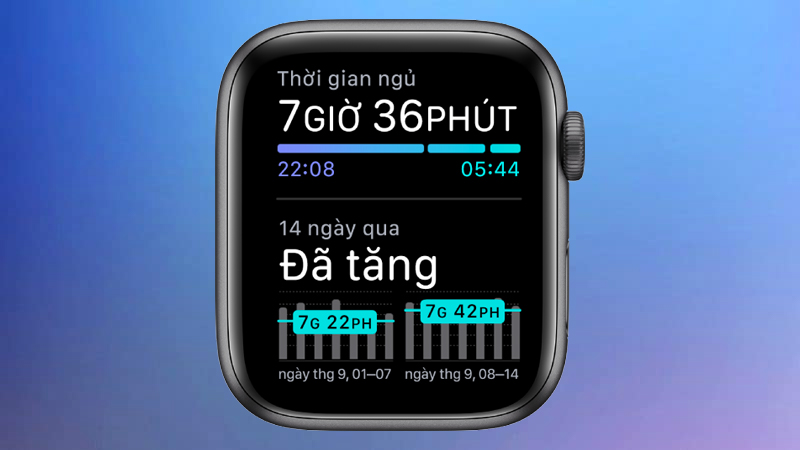
The Sleep feature on the Apple Watch helps you establish a sleep schedule and track your sleep patterns. It provides insights into how long you’ve slept, the quality of your sleep, and how many times you woke up during the night. By using this feature, you can work towards improving your sleep habits and overall sleep hygiene.
We hope that these health-focused features of the Apple Watch will encourage you to develop healthier habits and take better care of your well-being.
Frequently asked questions
The Apple Watch offers a range of features that enhance the lives of Apple enthusiasts. Beyond telling the time, it provides entertainment, message and call notifications, and an array of health-related functions. Its capabilities can make life easier and even contribute to a healthier lifestyle.
The Noise Threshold Alert Feature is a part of the Noise app in WatchOS. It measures the sound levels in your surroundings and the duration of exposure. If it detects a potentially harmful increase in decibel intensity, it gently taps your wrist to notify you, helping to protect your hearing.
The Cycle Tracking feature is a convenient tool for women to record detailed information about their menstrual cycles. By inputting data, the Apple Watch can predict future periods and fertile windows, providing valuable insights for family planning or general health tracking.
Fall Detection, introduced with the Apple Watch Series 4, can detect trips or falls. When triggered, it sounds an alarm and offers three options: contacting emergency services, canceling the alert, or dismissing the notification. If you remain immobile, it emits a loud sound to attract attention and sends a message to your designated emergency contacts.
The Heart Rate feature allows you to track your current, resting, and average walking heart rate. It provides alerts if it detects any abnormalities, helping you stay informed about your heart health.
Yes, the Sleep feature on the Apple Watch assists in establishing a healthy sleep schedule. It tracks your sleep patterns, providing insights into sleep duration, quality, and interruptions during the night. By using this feature, you can identify areas for improvement and work towards better sleep hygiene.
You may also like
How to Use a Pulse Oximeter to Measure Blood Oxygen Levels
Pulse oximeters are invaluable tools for monitoring the health of Covid-19 patients. These devices measure blood oxygen saturation levels, providing vital data for healthcare professionals and peace of mind for those recovering at home. This simple, non-invasive technology has played a crucial role in the pandemic, and understanding how to use a pulse oximeter at home is an essential skill for anyone wanting to keep a close eye on their health.



























